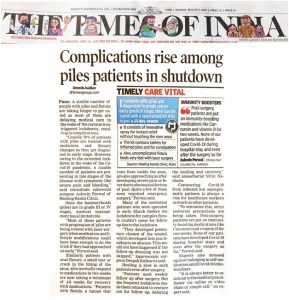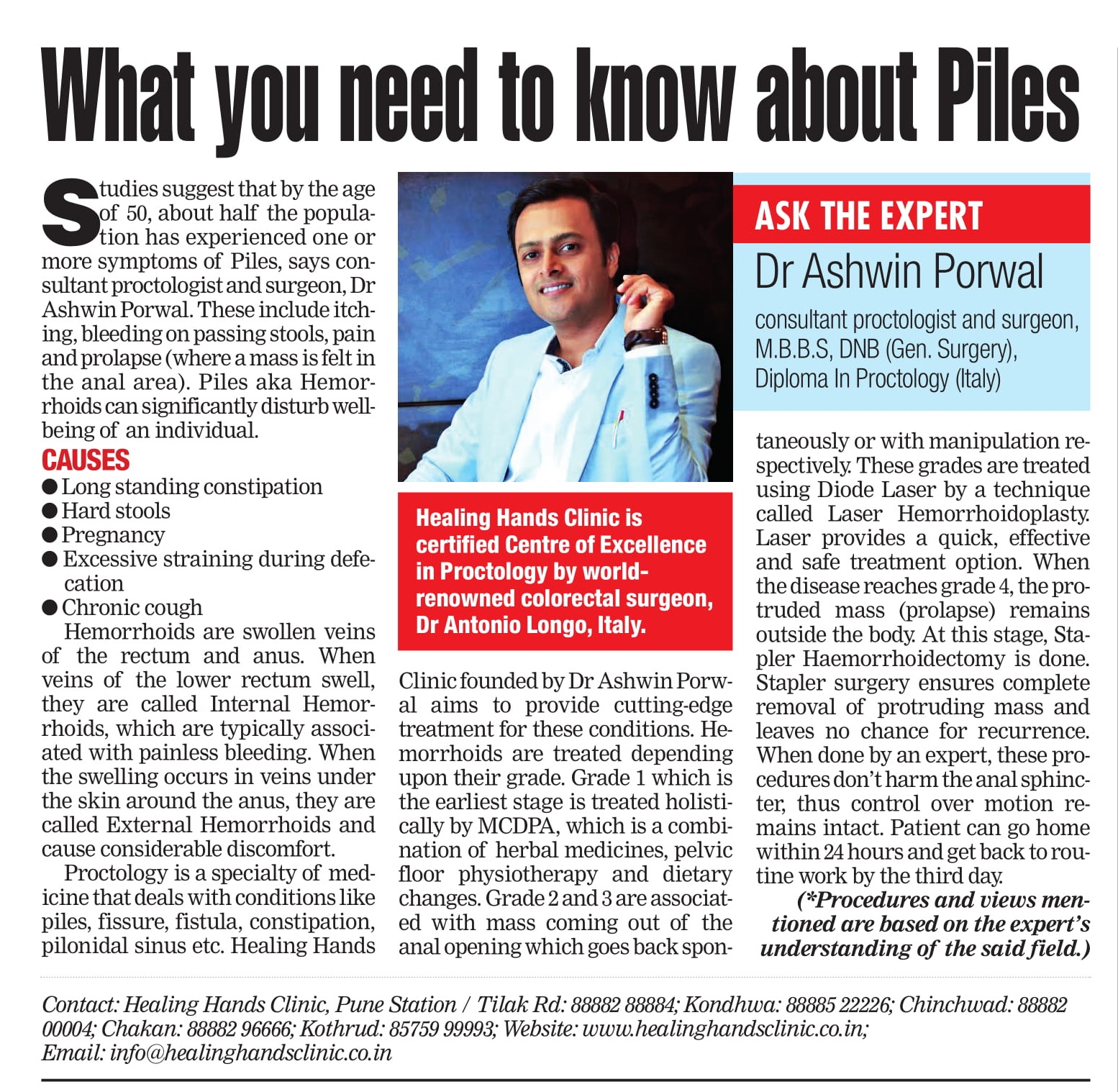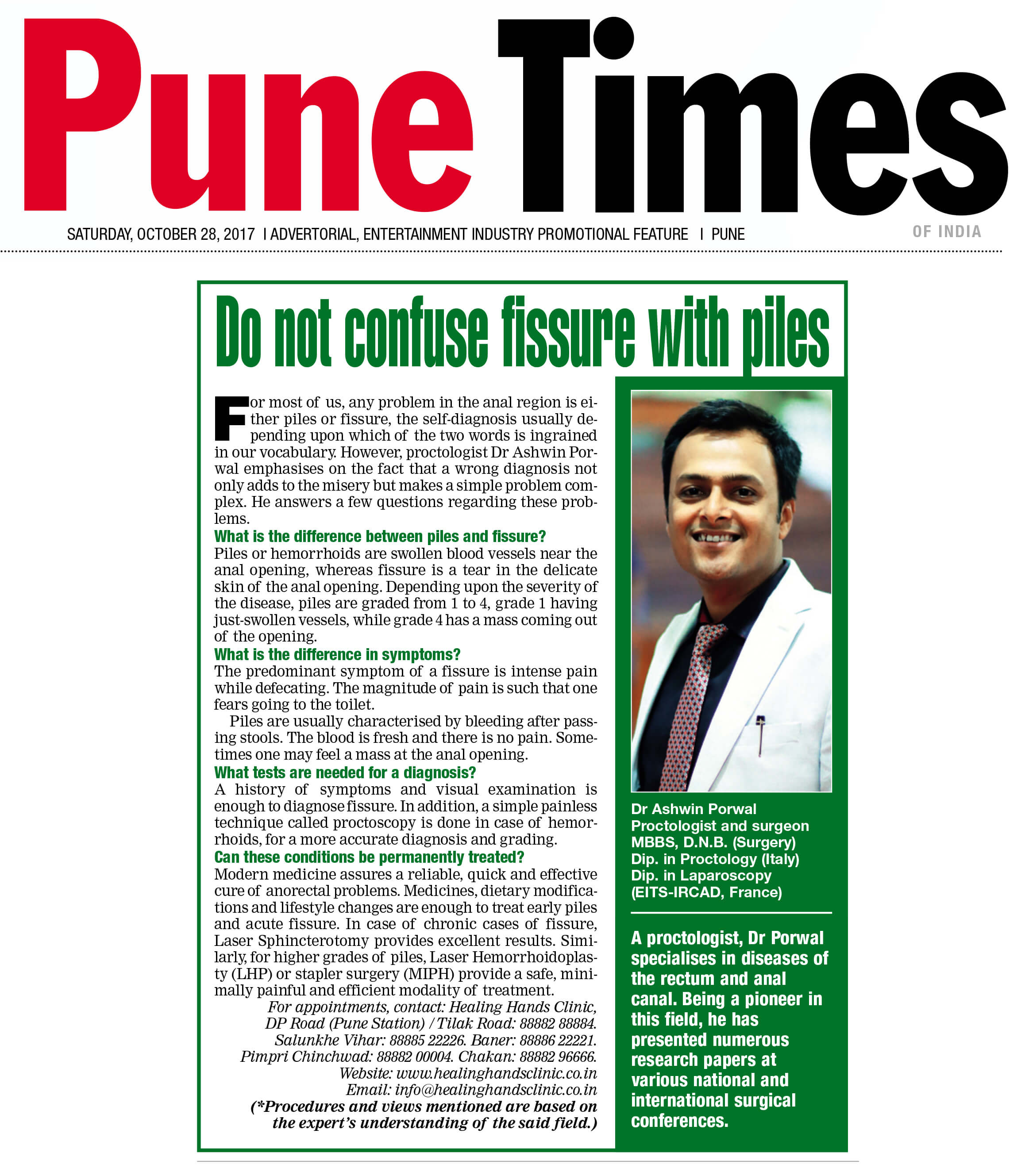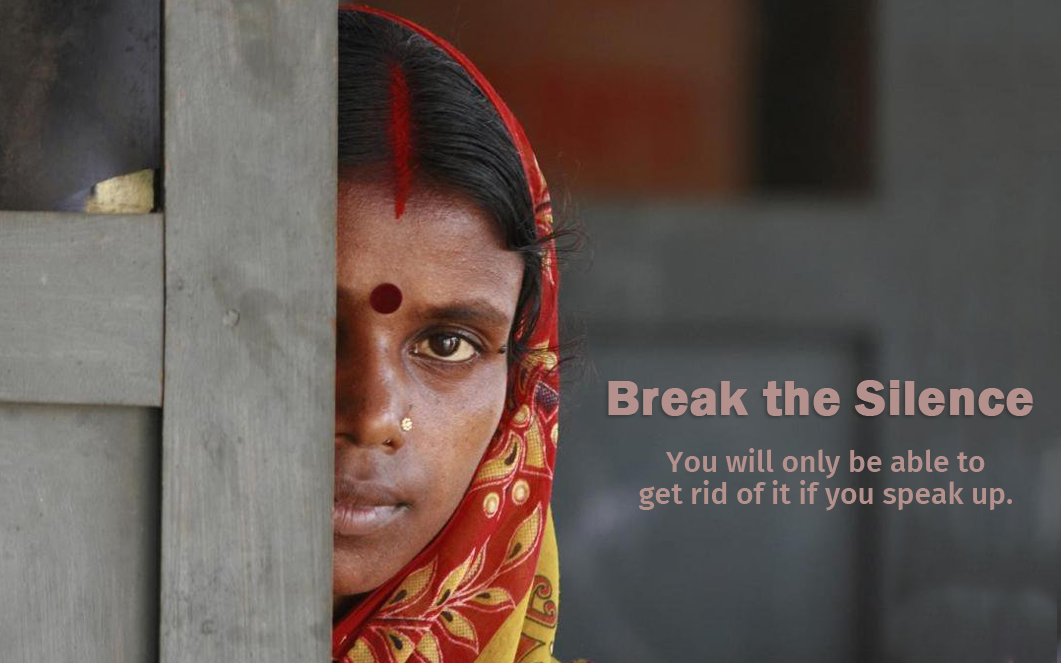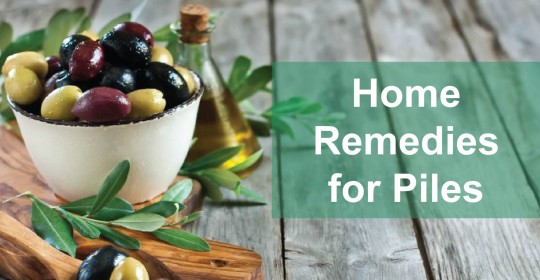Introduction
Piles, commonly known as haemorrhoids, can dramatically influence a person’s quality
of life by causing pain, discomfort, and inconvenience in daily activities. For those
suffering from this illness, selecting a reputable and well-equipped piles clinic in
Bangalore, such as Healing Hands Clinic, is critical to ensuring safe and effective
treatment. Bangalore, famed for its superior medical facilities, provides a wide range of
choices for piles treatment, including cutting-edge laser therapies and professional
medical care.
Understanding Piles: Causes and Symptoms
Piles form when the veins in the anal and rectal areas become enlarged and irritated.
This disorder can be internal (inside the rectum) or external (below the skin around the
anus). Common symptoms include pain, itching, blood after bowel movements, and a
mass around the anus. Chronic constipation, sedentary lifestyles, low-fibre diets,
obesity, and pregnancy are all risk factors for piles.
Why Choose a Specialized Piles Clinic in Bangalore?
When it comes to treating piles, selecting the top piles clinic in Bangalore is critical for achieving optimal outcomes. Specialised clinics offer complete care, including precise diagnosis and
innovative treatment methods like laser piles treatment in Bangalore. These clinics are equipped
with cutting-edge equipment and overseen by expert doctors, ensuring that patients receive the
best possible care.
Benefits of Laser Piles Treatment in Bangalore
One of the most effective treatments for piles is laser therapy, which is minimally invasive and
offers several advantages over traditional surgery:
- Minimal Pain : Laser treatment involves minimal cutting or stitching, reducing pain and
discomfort. - Quick Recovery: Most patients can resume normal activities within a few days.
- Reduced Complications : The risk of infection and recurrence is lower with laser
treatment. - Outpatient Procedure : Laser treatment is often performed as a day-care procedure,
avoiding long hospital stays.
Choosing the Best Piles Doctor in Bangalore
When choosing the top pile doctor in Bangalore, examine the doctor's experience, expertise,
and patient feedback. A trained doctor can precisely assess the kind and severity of piles and
provide the best treatment. Furthermore, a skilled doctor offers
Dr Bhaskar Malliah
- He is a dedicated and talented surgeon known for his exceptional manual
dexterity and empathetic patient care. - A bright and driven professional, He is recognized for his commitment to
prioritizing his patients’ well-being and his unyielding dedication to excellence in
the field of surgery.
Dr Vishwanathan Venkatesan
- He is a dynamic and highly skilled surgeon with over 21 years of experience in the
medical field. - Heading the team at Healing Hands Clinic, Bengaluru, He ensures that every patient
receives exceptional care and personalized attention.
Dr Sumanth P
- At Healing Hands Clinic, we are proud to introduce Dr. Sumanth P, a
compassionate and highly skilled proctologist who has dedicated his career to
understanding and treating anorectal disorders
Dr Bhumika
- She is one of the passionate doctors in the field of proctology, with an extraordinary eye
for detail. She has a special interest in proctology with very strong academics. - She is a specialist in Lifestyle and Gut Health management whose goal is to simplify
common health issues.
Dr Pallavi Venugopalan
- She is a skilled and compassionate proctologist with 5 years of experience in
diagnosing and treating a wide range of anorectal conditions. - Her expertise lies in delivering accurate diagnoses and effective treatments,
ensuring every patient receives personalized care tailored to their unique needs.
Dr Mallinath Takkalaki
- He is a highly accomplished surgeon with a rich educational background and
over 13 years of experience in managing anorectal and gastrointestinal
conditions. - Combining modern surgical techniques with holistic approaches, He is dedicated
to delivering exceptional care to his patients.
Dr Sujay BR
- Dr. Sujay BR has emerged as a beacon of excellence in the field of General and
Laparoscopic Surgery. With over 15 years of experience. - He has carved a niche for himself as one of the most skilled and dedicated
surgeons, specializing in Laparoscopic Surgery, Laser Proctology, and
Endoscopy.
Dr Shiva Kumar
- Dr. Shiva Kumar is renowned for his advanced skills, compassionate patient
care, and continuous pursuit of medical excellence. - His extensive education and professional qualifications, combined with his
hands-on expertise, make him an invaluable asset to our clinic.
Dr Kishan A V
- Dr Kishan is proficient in advanced laser treatment for Ano-Rectal disorders viz.
Piles, fissure, fistula, pilonidal sinus, constipation and an expert in 3D Mesh
Hernia Repair. - His mission is to provide specialized, reliable and quality health care to all his
patients
Best Hospitals for Piles Treatment in Bangalore
While specialised piles clinics give concentrated care, several of the leading hospitals for piles
treatment in Bangalore feature modern treatment options like laser therapy. These hospitals
have cutting-edge facilities that ensure patient safety and hygiene during procedures.
Comprehensive Piles Treatment Options
- Medication : For mild piles, doctors may recommend topical ointments, pain relievers,
and stool softeners. - Non-Surgical Treatments : Rubber band ligation, sclerotherapy, and infrared
coagulation are effective for moderate piles. - Surgical Treatments : For severe cases, procedures like hemorrhoidectomy or laser
surgery may be necessary. - Lifestyle Modifications : Doctors also advise dietary changes, increased water intake,
and physical activity to prevent recurrence.
What to Expect During Treatment
The treatment process typically consists of an initial consultation, diagnosis, treatment planning,
and post-procedure care. During the appointment, the doctor assesses the patient's condition
and discusses the best possible treatment alternatives. The actual surgery, particularly laser
treatment, is rapid and usually performed in a single visit. Following treatment, follow-up
sessions are scheduled to check appropriate healing and address any issues.
Recovery and Aftercare
Recovery from laser piles treatment is quick, with most patients returning to their normal
habits within a few days. Post-treatment care is maintaining hygiene, eating a high-fibre
diet, minimising strain during bowel movements, and remaining hydrated to aid healing
and prevent recurrence.
Conclusion
Piles can be an unpleasant illness, but with sophisticated medical treatments offered at the best
piles clinic in Bangalore, relief is now accessible. Whether you require laser piles treatment in
Bangalore or are looking for the best lady piles doctor, Bangalore has a wide selection of top
medical specialists and facilities to satisfy your requirements. Prioritise your health by selecting
a specialised clinic or hospital with knowledgeable specialists that offer personalised and effective care. With the correct treatment, you can reclaim your comfort and live a healthier,
pain-free lifestyle.



